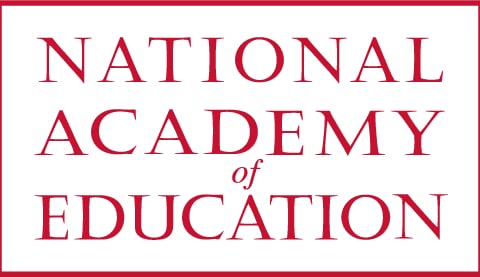The Influence of Communicative Ecology on Language Acquisition and Emergence at Home and in School: Shared Homesign Systems in Guatemala
Laura Horton
About the research
Award
NAEd/Spencer Dissertation Fellowship
Award Year
2016
Institution
University of Chicago
Primary Discipline
N/A
School classrooms are not the typical setting for first language acquisition. Almost all children acquire their native language at home, in the first few years of life. These children interact with proficient, more experienced, language users and many theories of development emphasize the critical role of expert-novice interactions in the development of thinking and communicating (Rogoff, 1990; Vygotsky, 1978; Maynard, 2002). Deaf children who are born into hearing families, however, cannot access the spoken language used by the proficient speakers in their environment. In the absence of linguistic input, these deaf children develop homesign systems: meaningful, structured gestural strategies for communicating (Goldin-Meadow, 2003). In the United States, deaf children rarely remain homesigners because government services provide sign language exposure or medical interventions like hearing aids and cochlear implants. In countries like Guatemala, however, where early interventions are scarce, many deaf children reach school-age as homesigners and thus enter school lacking proficiency in any established language. This project is based on cross-sectional and longitudinal video data gathered in the town of Nebaj, Guatemala and centers on the following questions: What happens when individual child homesigners encounter other child homesigners at school? How does this “micro” linguistic community affect the homesign systems of each individual child and to what extent is the system that develops shared across its users? The answers to these questions have implications for educational practice for deaf students and students in multilingual settings who receive highly varied input at home, prior to school entry.
About Laura Horton
Laura Horton is a doctoral candidate in the Department of Comparative Human Development and Department of Linguistics at the University of Chicago. Her research focuses on the interaction of language emergence and language acquisition at home and in school. Laura uses experimental and ethnographic methods to document the manual communication systems developed by deaf children attending a school for special education at her field site in Nebaj, Guatemala. Her work centers on the role of peers versus adults as sources of communicative input in the context of atypical language acquisition. Her research has been funded by the Tinker Foundation, the Robert Lemelson Foundation and the NSF. Laura holds a B.Arch. from Carnegie Mellon University and an M.A. from the University of Chicago. Before coming to Chicago, she worked as an elementary special education teacher outside Baton Rouge, Louisiana.
